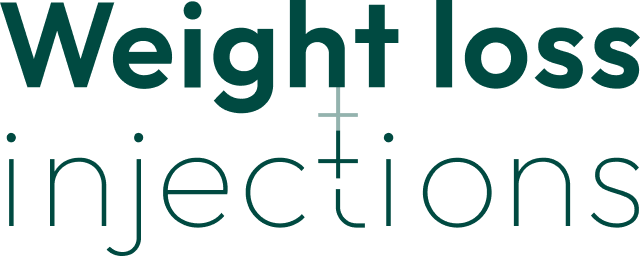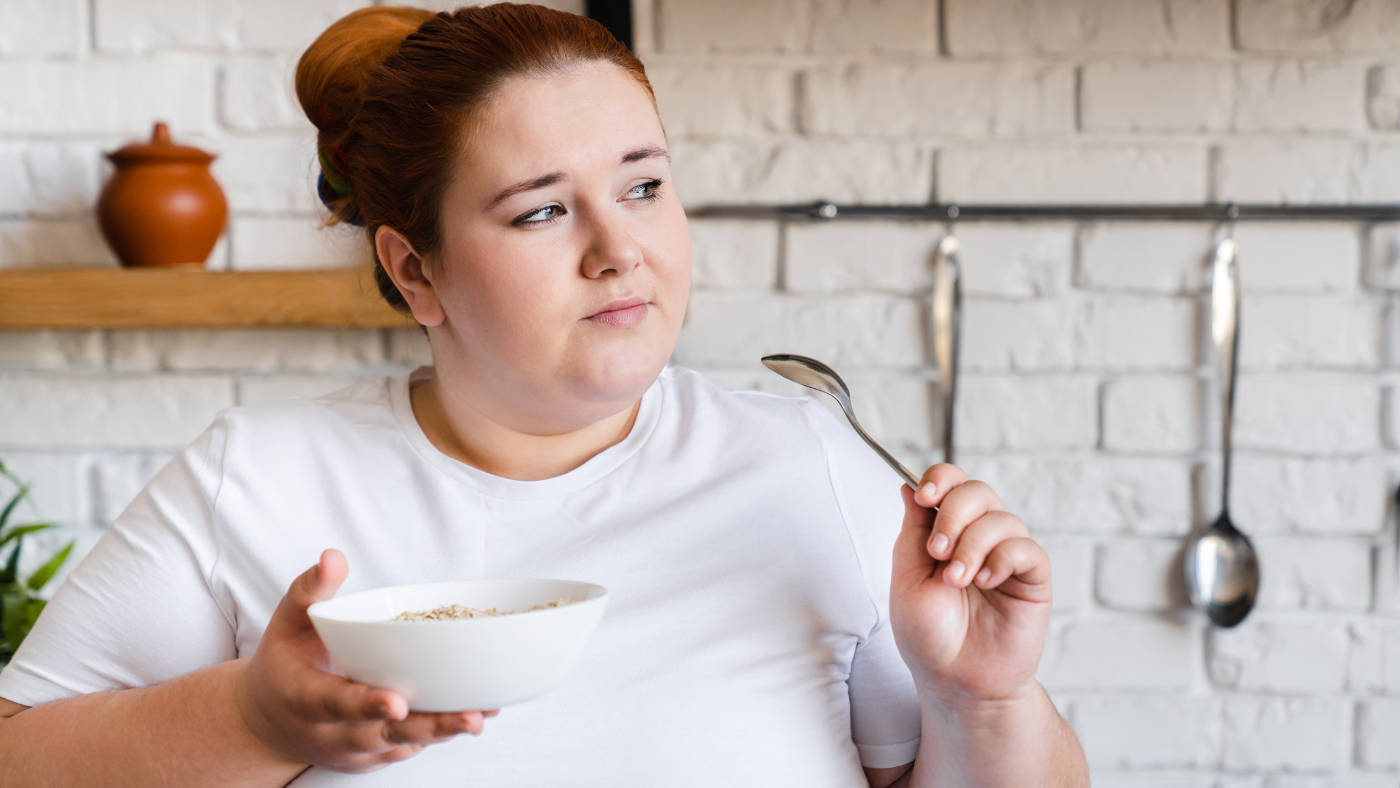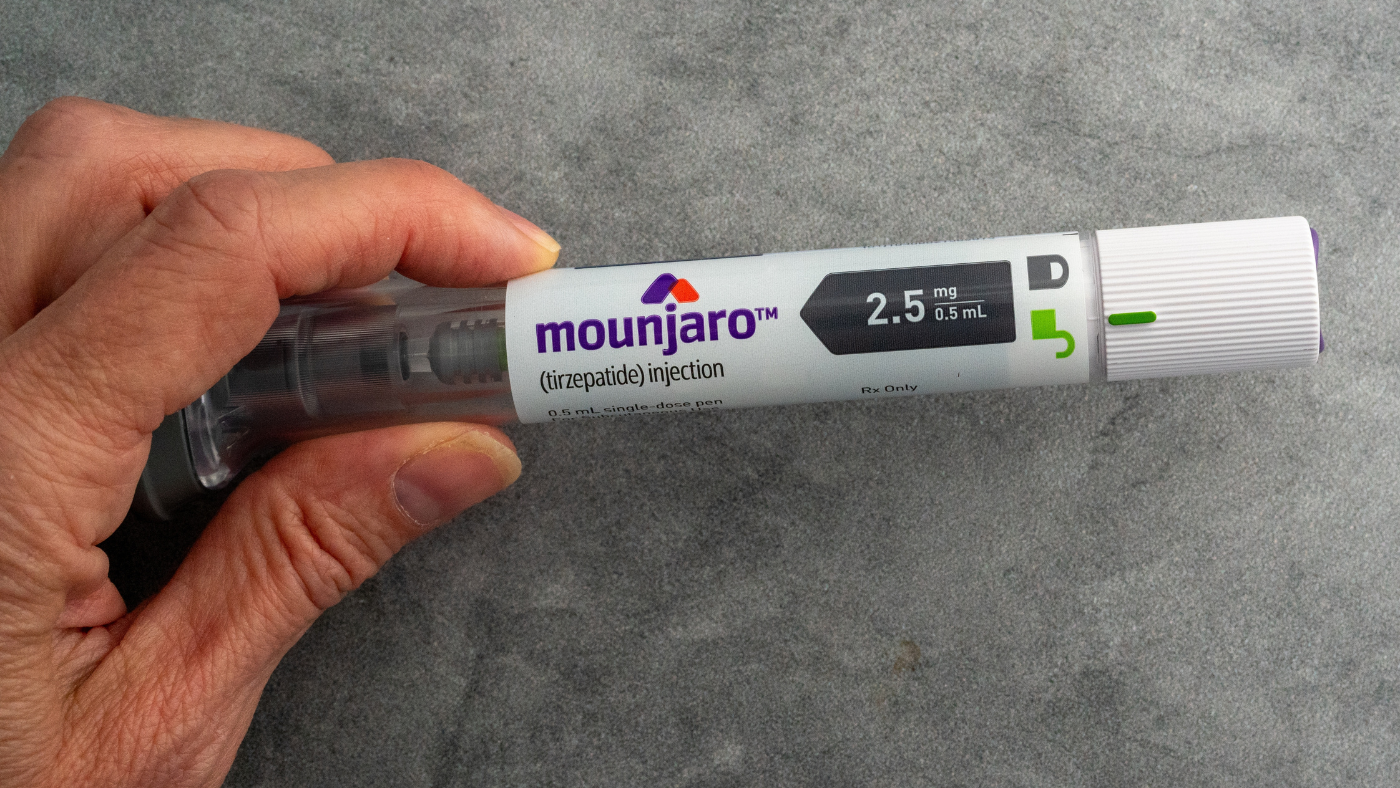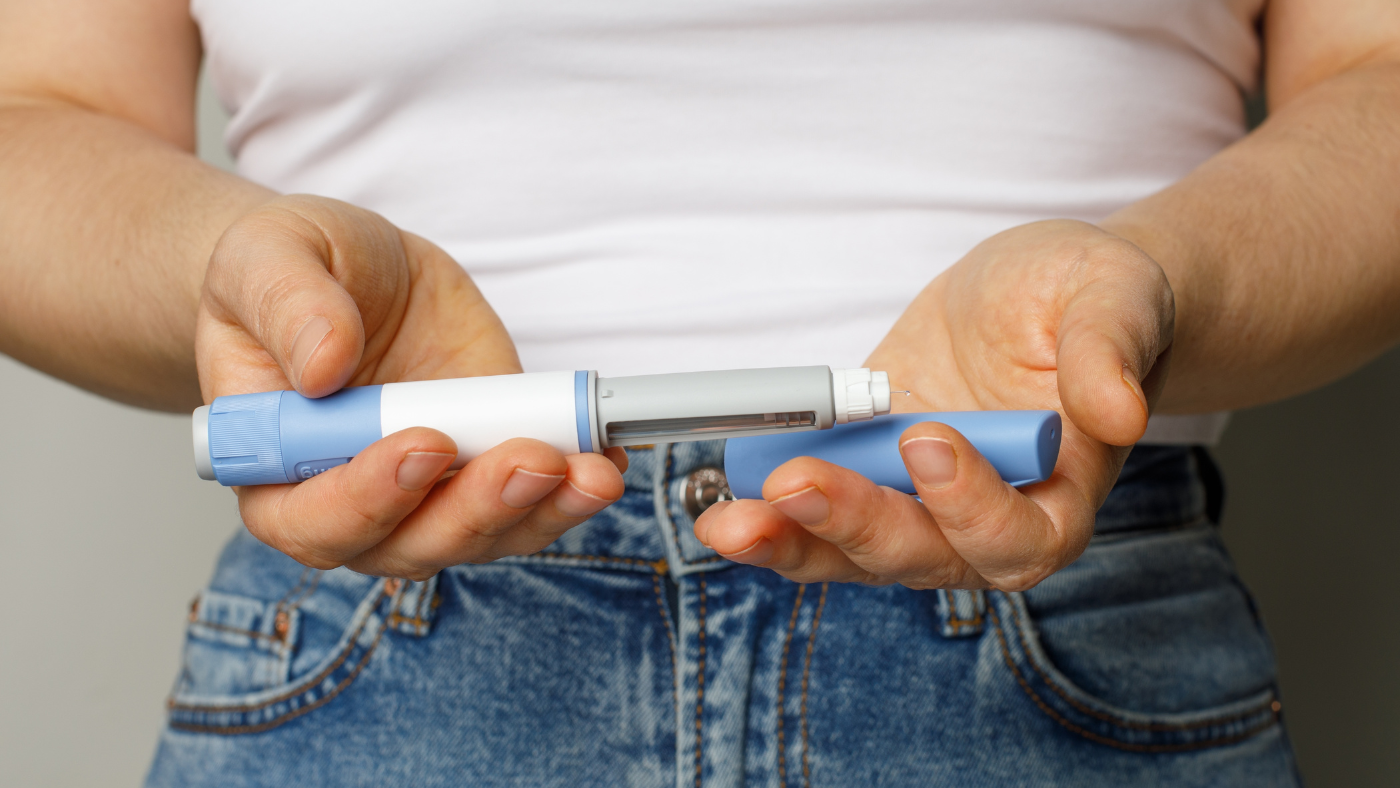GLP-1 receptor agonists and dual-action GLP-1/GIP therapies have changed the landscape of medical weight loss in Ireland. But what happens when you’re taking a clinically proven weight loss treatment, and the scale isn’t moving?
First: you’re not alone.
Even when appetite is reduced, weight loss still requires a consistent calorie deficit, proper nutrition, and regular movement. Here’s a breakdown of the most common reasons weight loss may stall — and what you can do to get results.
GLP-1 Medications Reduce Hunger — Not Calories
These medications work by helping you feel fuller with less food. But they don’t control:
- What you eat
- How much do you eat
- How your body processes different foods
It’s still possible to consume more calories than you burn — especially with energy-dense or liquid foods — even when hunger is reduced.
Common Nutrition Mistakes
- You’re Eating Less Often, But Not Less Overall
- Skipping meals may lead to larger, more calorie-dense portions later
- Prolonged under-eating can cause intense rebound hunger
- High-Calorie “Healthy” Foods Add Up
- Foods like nuts, granola, smoothies, avocado, and protein bars are healthy but calorie-dense
- Portion sizes can quickly push you into a deficit
- You’re Not Tracking Your Intake
- Research shows most people underestimate calories by 20–40%
- Sauces, oils, drinks, and “small bites” can significantly add up
- You’re Drinking Calories
- Smoothies, alcohol, protein shakes, and sugary coffees aren’t always well-regulated by appetite suppression
- Liquid calories are absorbed quickly and may delay satiety
Nutrition Fixes
- Track intake for 5–7 days using apps like MyFitnessPal or Cronometer
- Prioritise protein: eggs, chicken, tofu, fish, Greek yogurt
- Choose fibre-rich vegetables: broccoli, leafy greens, carrots, courgette
- Limit:
- Ultra-processed snacks
- Sugary drinks and alcohol
- Takeaway and oversized restaurant meals
Exercise Mistakes That Can Stall Progress
Although GLP-1 medications can help preserve lean mass, inactivity and poor training strategies can limit results.
- You’re Relying on Walking Alone
- Walking is excellent for heart health, but it may not provide sufficient muscle stimulation to alter body composition significantly.
- You’re Doing Cardio But Not Resistance Training
- Without strength training, weight loss can include muscle loss, which reduces metabolic rate
- Resistance training tells your body to retain muscle, not burn it
- You’re Not Moving Enough Overall
- If you’re sedentary (e.g., desk job), you may burn only 1,500–1,800 kcal/day
- Without movement, even a reduced appetite may not create a large enough deficit
Exercise Fixes
- Add resistance training 2–3x/week: squats, pushups, resistance bands, or light weights
- Aim for daily movement bursts (e.g., 10-minute walks after meals = ~100–200 kcal/day burned)
- Use fitness trackers (Apple Watch, Fitbit, Oura) to monitor steps and activity
- Combine aerobic + resistance training for best results
Other Key Factors
- You’re in the Early Phase of Treatment
- Starting doses of GLP-1 medications are designed to minimise side effects — not trigger maximum weight loss
- Most people see greater effects after 8–12 weeks of dose titration
What to do: Stay on schedule and trust the process. Don’t rush dose increases.
- You’re Over-Focused on the Scale
- Water retention, menstrual cycle shifts, or muscle gain can temporarily mask fat loss
- Many people lose inches before pounds
What to do:
- Track non-scale progress (clothing fit, waist size, mood, energy)
- Take photos every 2–4 weeks
- You’re Not Sleeping or Managing Stress
- Poor sleep increases hunger hormones and cravings
- High stress raises cortisol, which can blunt fat loss
What to do:
- Aim for 7–9 hours of quality sleep per night
- Build in relaxation: deep breathing, stretching, journaling, or walking
Health Checks to Consider
If weight loss continues to stall despite proper nutrition and activity, consider checking:
- Thyroid function (TSH, T3, T4)
- Liver and kidney markers
- Cortisol or blood sugar levels
Speak with your doctor for tailored blood work recommendations.
What You Can Do Next
- Log your food for 3–5 days
- Add or reintroduce resistance training
- Set a protein intake target: ~1.6g per kg of body weight per day
- Cut back on ultra-processed snacks and calorie-rich drinks
- Prioritise sleep and stress management
- Focus on consistency, not perfection
Final Thoughts
GLP-1 medications are powerful tools, but they are not magic fixes. Think of them as supportive frameworks, not a shortcut.
By aligning your nutrition, movement, recovery, and mindset, you can unlock the full potential of your treatment and reach your goals safely and sustainably.






